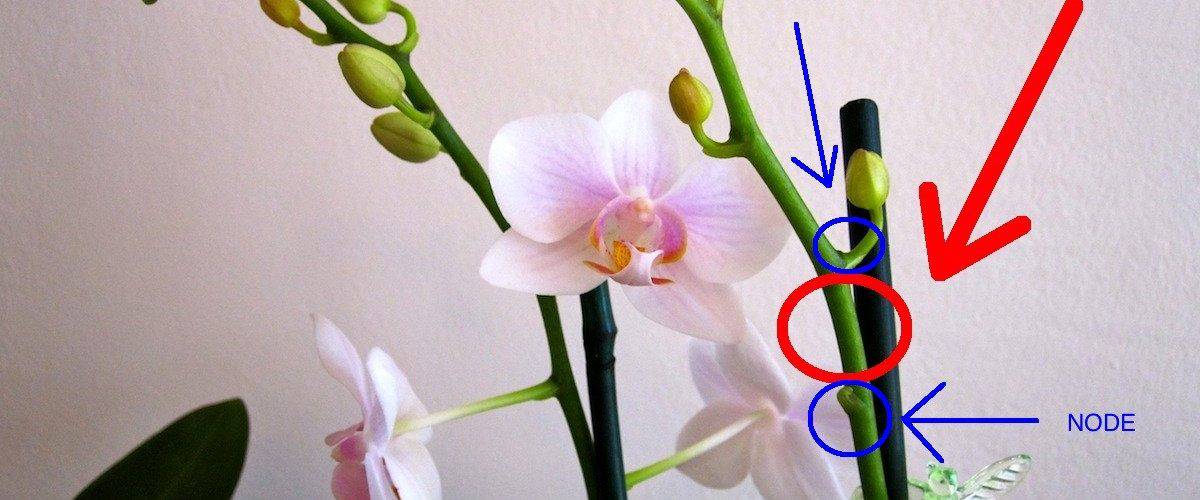Orchids are the divas of the Vegetable Kingdom, glamorous and exotic with a reputation as temperamental, their gorgeous blossoms the horticultural equivalent of a show stopping song. Really, they’re not all that difficult to grow, but regular pruning is a necessity if you want your orchid to bloom regularly. If you prune your orchid incorrectly you risk blighting your plant, possibly even killing it.
The most popular orchid genera are Phalaenopsis, Cattleya and Dendrobiums. When you buy or are given one of these plants, chances are it is already in bloom. Depending on the type of orchid, its blossoms will last between six weeks and three months. But how will you get your orchid to flower again once it has dropped its blooms?
Simple: You’ll prune it. The pruning technique you use will depend on the type of orchid.
• The Phalaenopsis Orchid: When in bloom, Phalaenopsis buds open sequentially along an arching flower spike. Blooms can last as long as three months, and it is easy to coax a second flowering with timely pruning.
As your orchid’s last blossom begins to shrivel and fade, examine the flower spike carefully. What you’re looking for are living nodes – they look like fleshy green bumps. (Nodes have an unmistakable appearance but if you’re at all nervous about the identification process, take your plant to your favorite nursery and have one of the experts there assist you with the initial identification.)
From the base of the spike, count up three nodes. Keep in mind you are looking for living green nodes; ignore any that are dried. Cut off the spike one inch above that third node. An Exacto knife or a one-sided razor blade works best as a tool here, and it’s advisable to sterilize the blade with isopropyl alcohol since hybrid orchids are particularly susceptible to bacterial infection. If your plant is healthy and it’s not too late in the growing season you may activate one or more of the nodes in this manner, each of which will reward you with a fresh new spray of flowers.
After the growing season is through, the flower spike turns yellow and begins to wither. This is the time to prune your Phalaenopsis to prepare it for next year’s flowers. Cut the flower spike to within one inch of where it originated from your plant and follow your winter feeding and watering schedule.
• The Cattleya Orchid: Cattleyas leaves have fat green stalks covered by what looks like paper. These are pseudobulbs from which the flowers themselves issue. A small leaf-like sheath growing from the top of the pseudobulb is actually a bud that signals the formation of a new flower. It can take many, many months for the bud to bloom.
As the last flower dies, cut the flower spike and sheath from the plant so that what you are left with is the original pseudobulb. Once a pseudobulb has flowered, it will not flower again; however this pruning is necessary prep work in order for the plant to put out new pseudobulbs. Water and fertilize your plant on schedule, and eventually your Cattleya will put up two to three new pseudobulbs which will blossom during its next flowering cycle.
• The Dendrobium Orchid: Dendrobiums are epiphytes: They throw out aerial roots that absorb moisture from the humid air.
The Dendrobium needs to be pruned towards the end of its growing season, in late fall or early winter. Dead or dying branches are more obvious at this time of year. Gently upend your Dendrobium and remove it from its pot. Examine its roots carefully; cut off any that appear to be dead, damaged or unhealthy. Repot the orchid and water it heavily.
Now find the blossom stalk and follow it down to its junction with the main body of the plant. Prune your orchid one-inch above the place where the blossom stalk originated. This will encourage fresh growth in the coming year.



